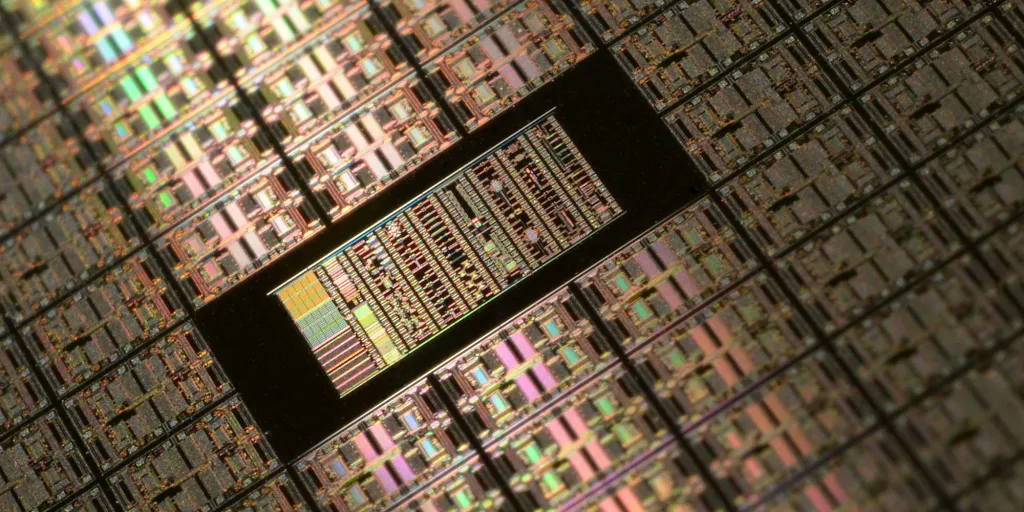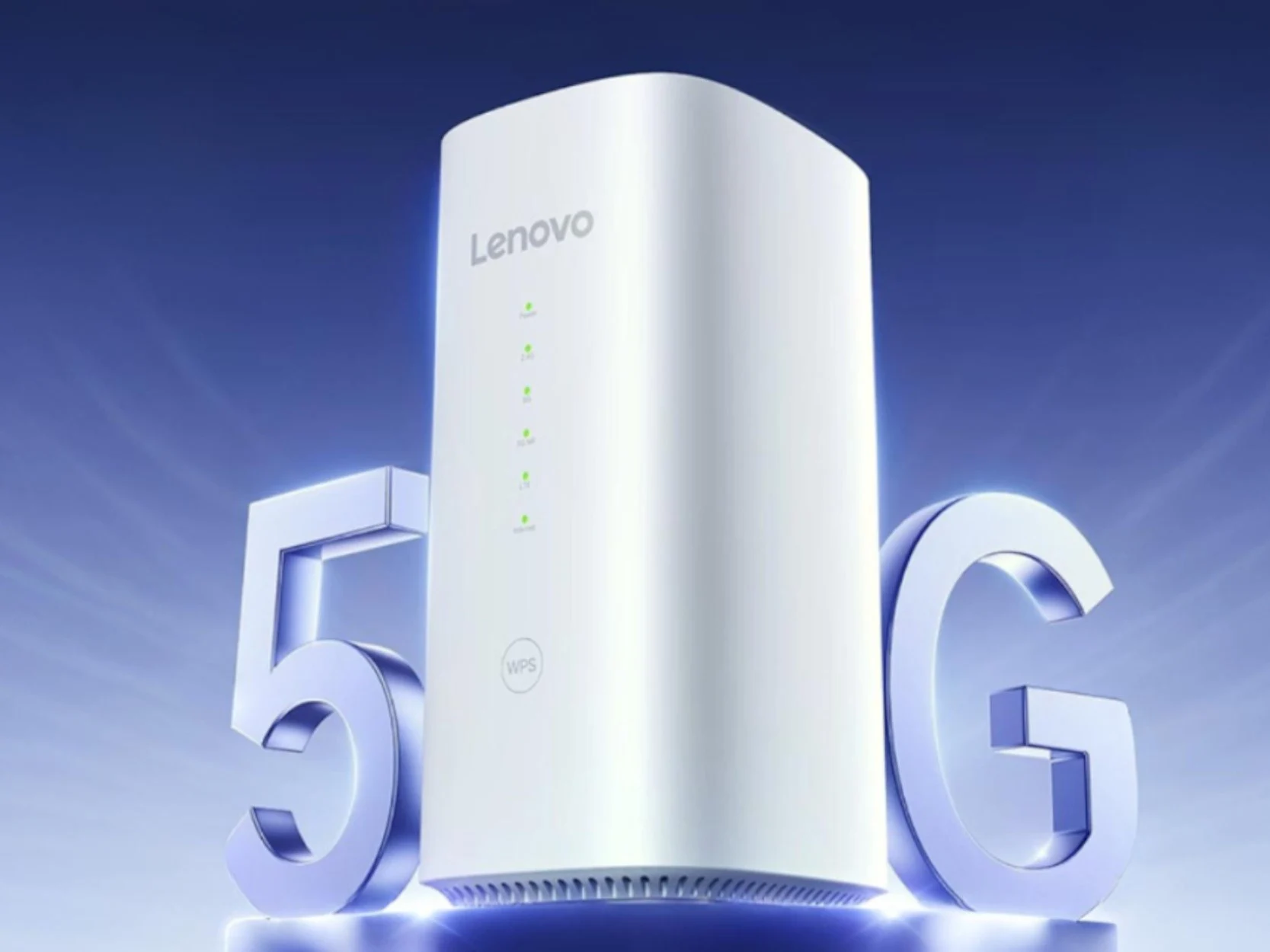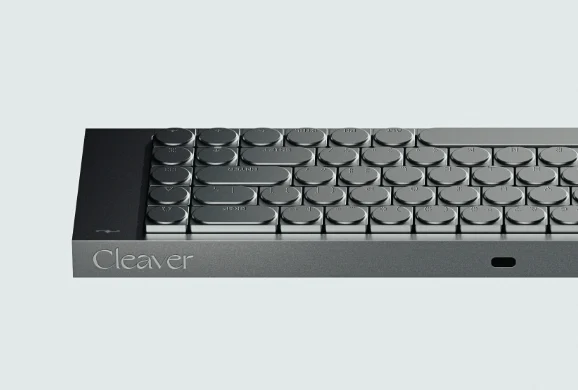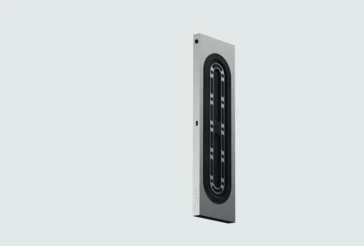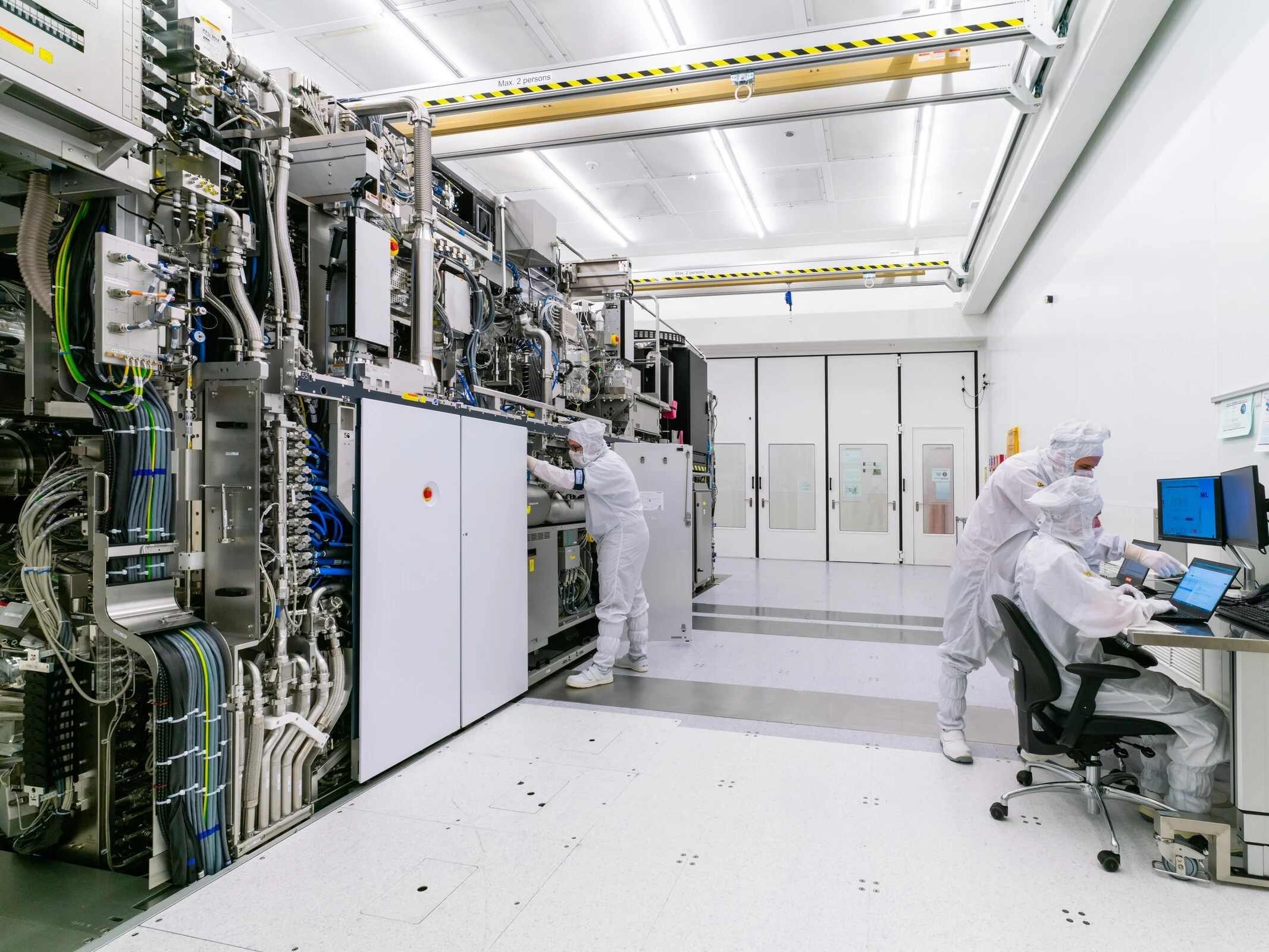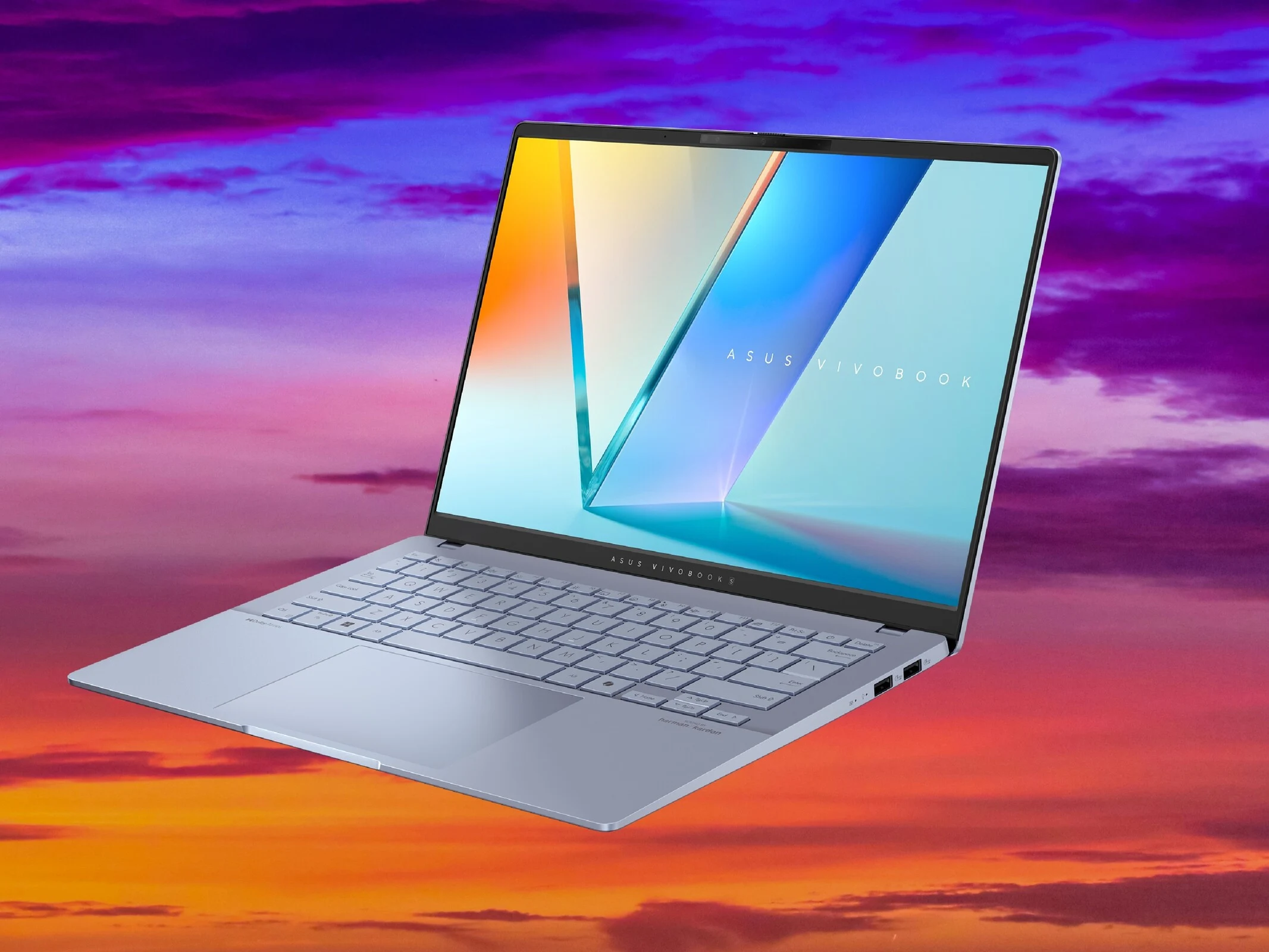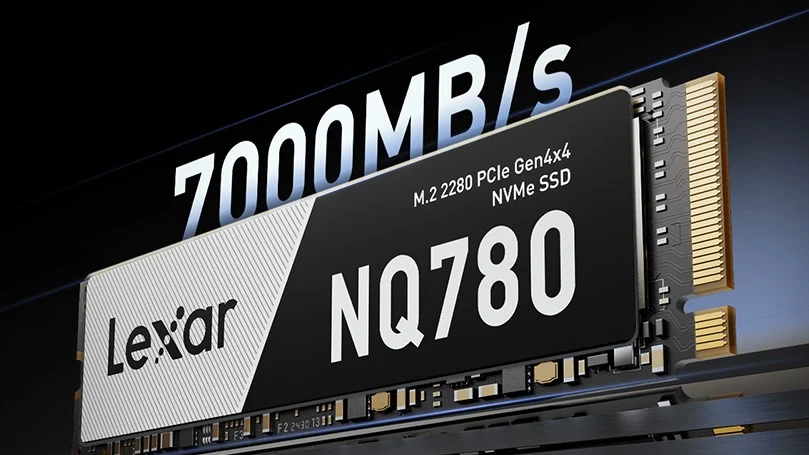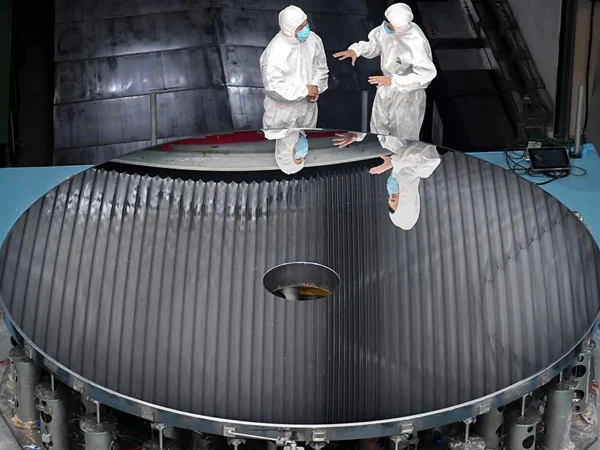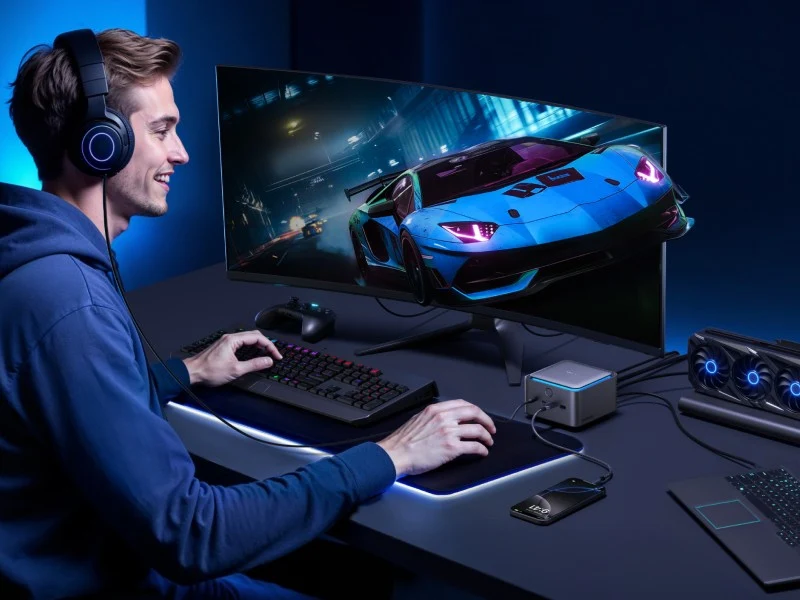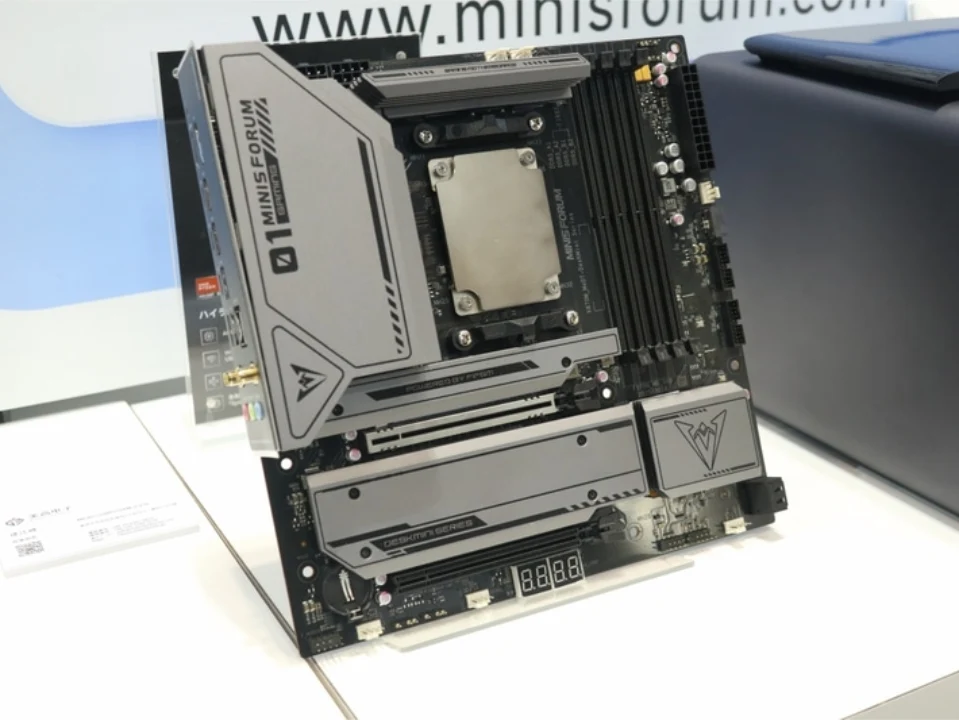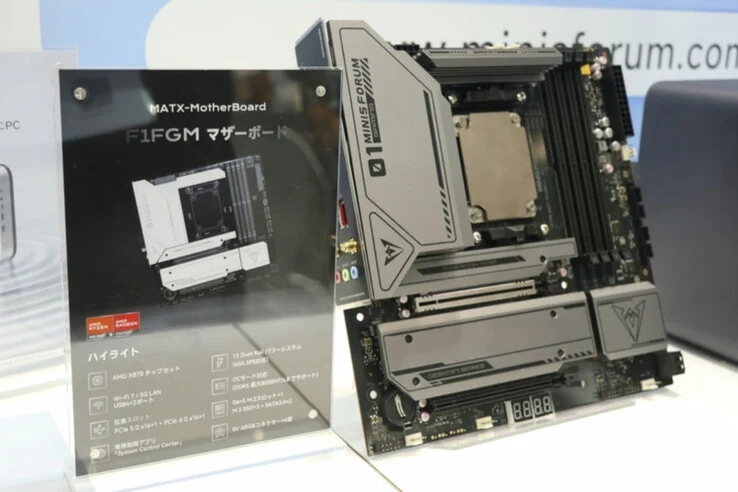Key Takeaways
1. TSMC has unveiled its 1.4nm process technology, set to begin production in 2028, showcasing advancements over the 2nm process.
2. The 1.4nm process promises a 30% reduction in power consumption and a 15% performance improvement.
3. TSMC’s next-generation 2nm process is expected to power devices from major companies like Apple, Nvidia, and AMD.
4. The 1.4nm process offers a 20% increase in logic density compared to the 2nm process, making it 30% faster and 60% more efficient than the 3nm process.
5. Apple’s iPhone 17 will use the 3nm N3P node, indicating a gradual transition to the 2nm and 1.4nm technologies in the coming years.
Back in June 2024, Samsung made waves by introducing advancements in its foundry for the 4nm, 2nm, and 1.4nm process nodes. Now, TSMC (Taiwan Semiconductor Manufacturing Company) has revealed its own state-of-the-art 1.4nm process technology, which will be utilized in upcoming products from major players like Nvidia, Apple, AMD, and more.
TSMC’s 1.4nm Process Unveiled
The largest contract chipmaker in the world has disclosed that the 1.4nm A14 process is set to start production in 2028, featuring several enhancements over the 2nm process. This new process technology promises a 30 percent decrease in power consumption while improving performance by approximately 15 percent. To put it in context, TSMC’s 2nm process is on track to begin production later this year.
TSMC’s 2nm Node Overview
With a diverse client base, TSMC’s next generation process will likely supply power to upcoming iPhones, Nvidia GPUs, AMD processors, and a whole lot more. According to TSMC, there is a 20 percent boost in logic density, which contributes to the performance increase over the 2nm process. When you compare it to the current TSMC 3nm process, the 1.4nm is nearly 30 percent quicker and 60 percent more efficient.
To refresh your memory, Apple’s upcoming iPhone 17 series is anticipated to incorporate the latest N3P node (3nm) for the A series chips, indicating that the transition to 2nm could take a couple of years to materialize. In simple terms, the technology from the 1.4nm process is still a few generations down the line as well. That’s all we have for now, so keep an eye out for more updates!

